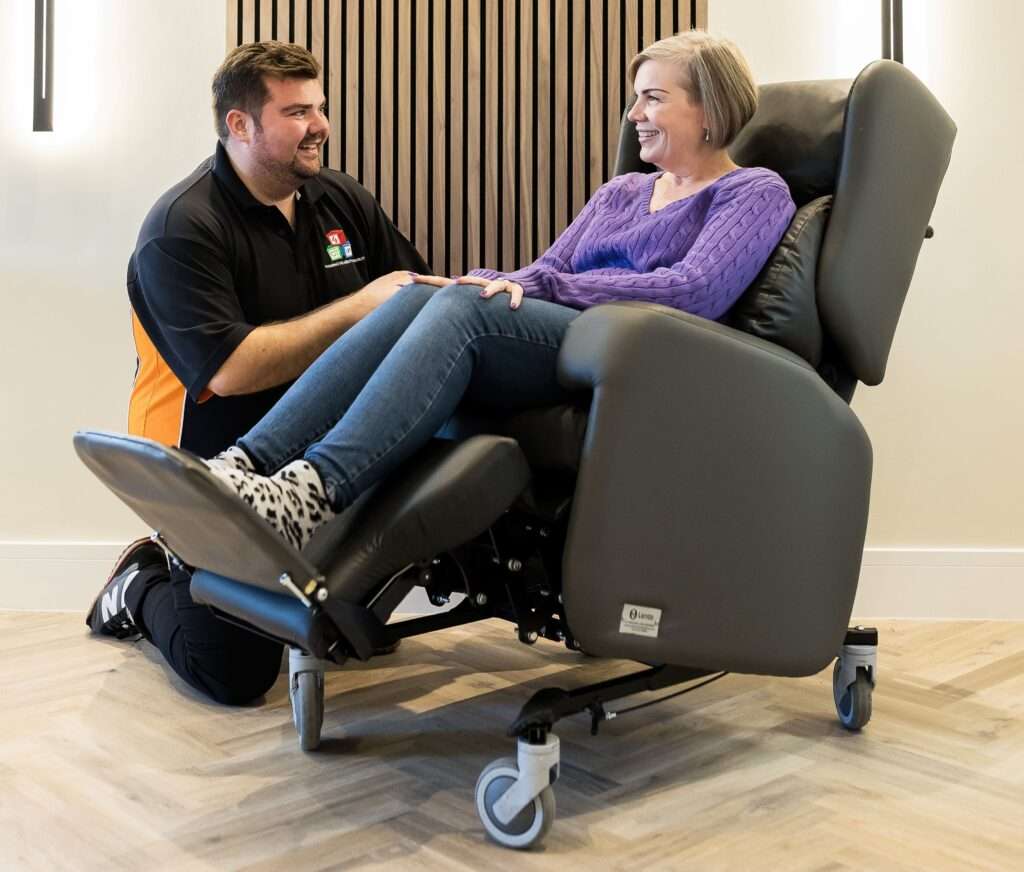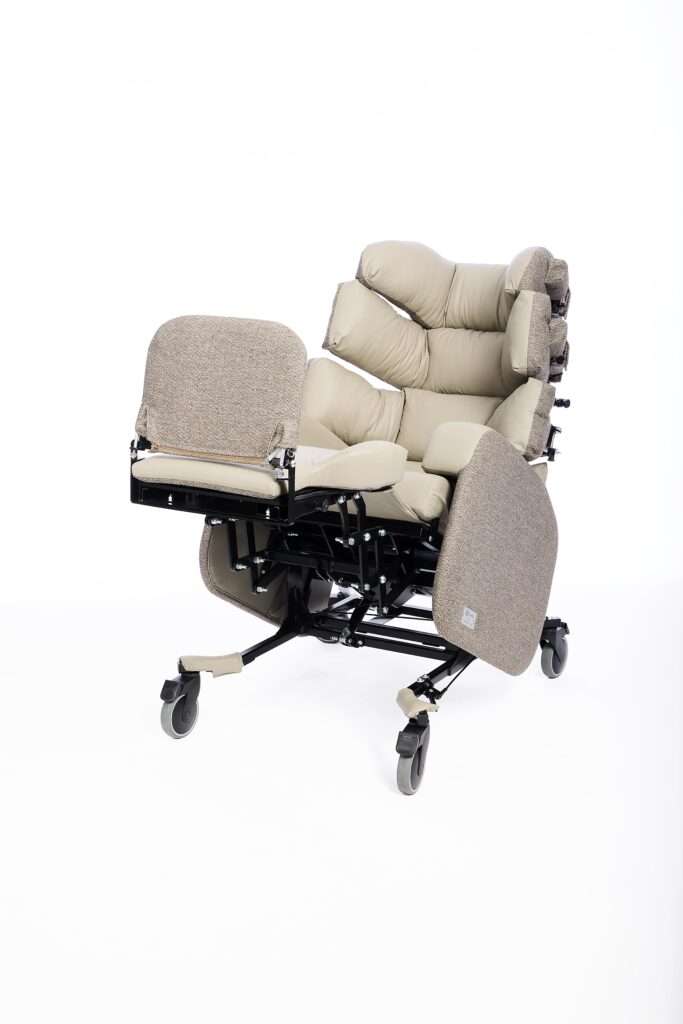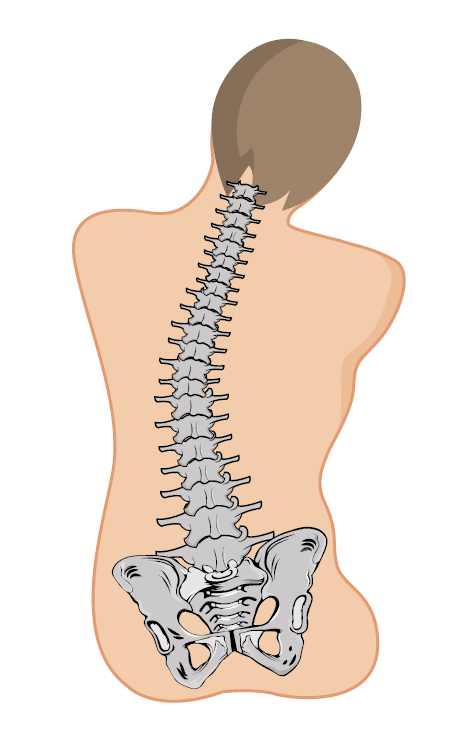Patient seating plays a vital role in ensuring comfort, promoting well-being, and enhancing staff accessibility in hospitals.
From general wards to specialised areas like chemotherapy units, the right seating can significantly impact patient experience and overall care. The right oncology patient seating can make a big difference in the patient’s comfort and experience.
Chemotherapy treatment can last several hours. During this time, it is important that patients are sitting, or reclined in a comfortable and supportive position. Appropriate seating can also help to improve the efficiency of the chemotherapy process and reduce the risk of infection.
In this article, we will explore the importance of appropriate oncology patient seating and its specific relevance in chemotherapy settings.
Jump straight to…
The Importance of Supportive Patient Seating in Hospitals
Proper patient seating in hospitals goes beyond mere utility. It directly contributes to various aspects of patient care, including:
Comfort and Rest
Adequate seating provides physical support, reduces discomfort, and helps patients rest and recover more effectively.
Prevention of Pressure Sores
Well-designed seating can distribute pressure evenly, minimising the risk of pressure sores, particularly for patients with limited mobility.
Mobility and Independence
Suitable seating promotes mobility and independence for patients, allowing them to move with ease and engage in daily activities.
Postural Support
Proper seating ergonomics help maintain correct posture, reducing the strain on muscles and joints, and minimising the risk of musculoskeletal issues.
Psychological Well-Being
Comfortable seating positively affects patients’ psychological state, reducing anxiety, and creating a more conducive healing environment.
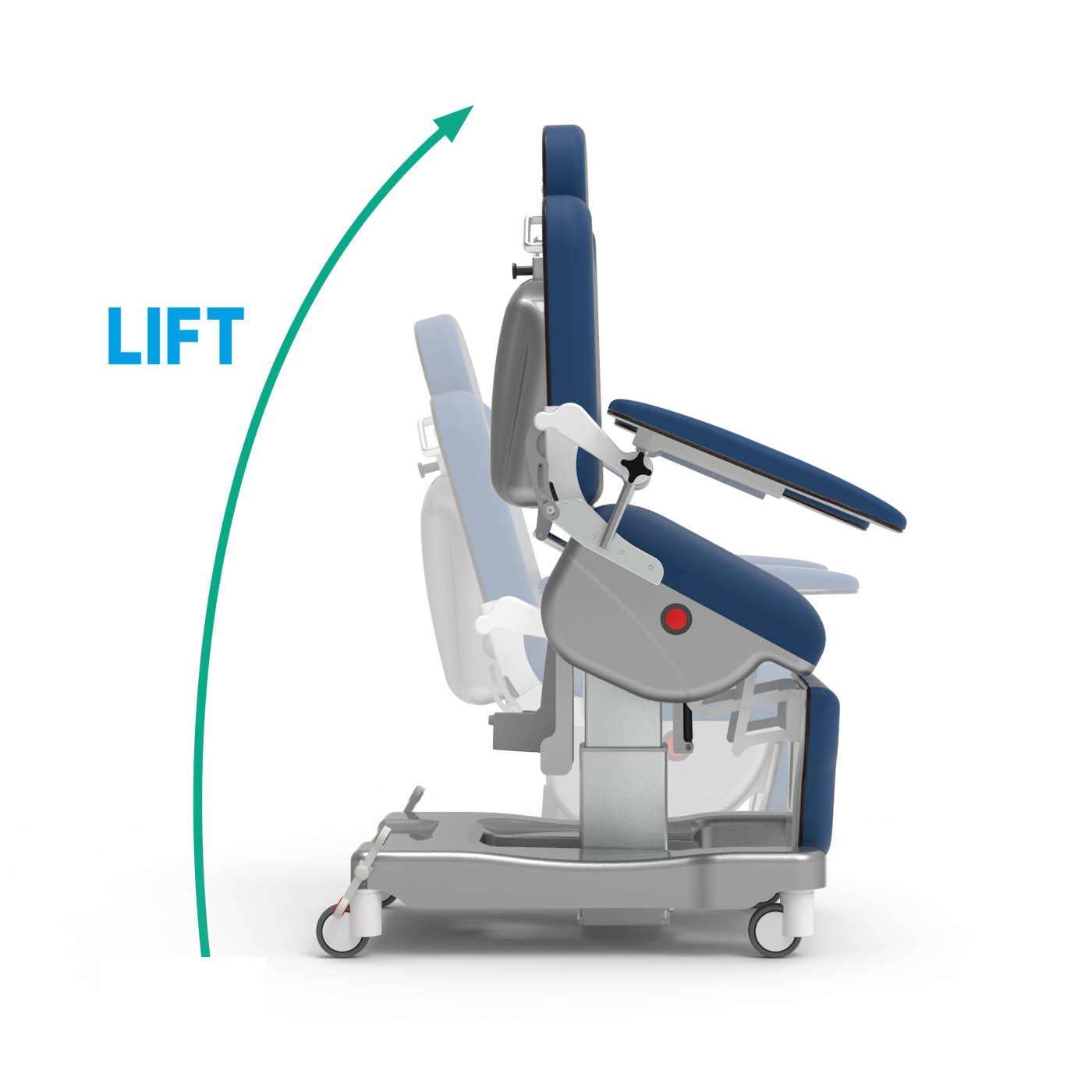
The best options for a chemotherapy patient chair should be designed with a range of comfort enhancing features to help low mobility patients.
What are the Best Chairs for Oncology Wards?
Oncology wards provide treatment for various forms of cancer, usually by a multidisciplinary team of doctors, nurses, dietitians and psychologists. When receiving treatments like chemotherapy, patients are seated for long periods at a time, which necessitates suitable seating solutions.
When choosing oncology patient seating, there are a few factors to consider, including:
Comfort and Support
Seating should be comfortable for the patient to sit in for extended periods of time. It should be well-padded and have adjustable features so that the patient can find the most comfortable position. The seating should also provide adequate support for the patient’s back, neck, and legs. This is especially important for patients who have a weak core or mobility problems.
Comfortable and supportive seating helps alleviate the discomfort experienced by chemotherapy patients during their treatment sessions.
Blood Flow Optimisation
Ergonomically designed seating can improve blood flow and circulation.
Pressure Relief
Chemotherapy patients may be susceptible to pressure sores due to periods of time spent sitting, making pressure relief features in patient seating crucial for their well-being and long-term care.
Flexibility and Adjustability
Adjustable seating options allow chemotherapy patients to find the most comfortable positions, reducing fatigue and enhancing their overall experience.
Hygiene and Cleanliness
Easy-to-clean materials and proper sanitation protocols for seating minimise the risk of infection and maintain a hygienic treatment environment.
Privacy
The seating should provide some privacy for the patient. This is important for patients who may feel self-conscious about their condition or who may be receiving chemotherapy treatment in a public setting.
Safety
The seating should be safe for the patient to use. It should be made from durable upholstery and have features that prevent the patient from falling.
Other Factors
In addition to these factors, it is also important to consider the specific needs of the patient. For example, patients with mobility problems may need a wheelchair-accessible seating option.
All hospital patients who are at risk of infection require specialised seating solutions option that are easy for staff to clean and disinfect. This is especially the case with those receiving chemotherapy treatment. Cancer and chemotherapy can damage the immune system by reducing the number of infection-fighting white blood cells. This condition is called neutropenia.
Finding a cancer treatment chair that allows hospital or care staff to regularly clean without hassle is essential to maintaining a hygienic chemotherapy environment.
The best chemotherapy seating should therefore aim to enhance the comfort, safety, and efficiency of treatment for both patients and hospital staff, ensuring a positive experience and outcome.
Once you have considered all of these factors, you can begin to narrow down the choices. There are a range of different oncology patient seating options available, so you should be able to find one that meets your needs.
Best Chairs for Oncology Patients
Patient Therapy Chair
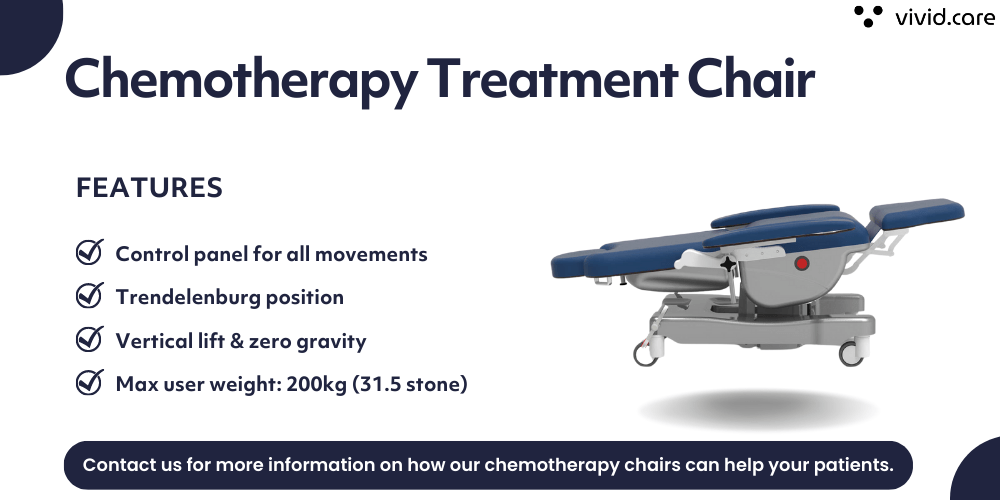
Our Patient Therapy Chair is designed with multiple features to provide comfort, safety, and support to patients undergoing cancer treatment including:
- Adjustability (height, headrest, armrests, backrest)
- Lift up arms for easy transfers
- Recline (lie flat available)
- Easy to use control panel
- Vertical rise
This hospital treatment chair has been created to be ideal for patients who need to sit for long periods of time during their treatment.
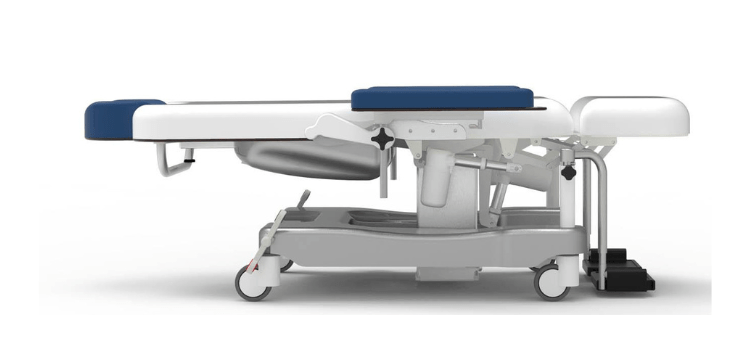
Our Patient Therapy Chair is also a lie flat hospital chair that gives oncology staff a range of patient accessibility options.
Supportive Patient Seating
Infusion Therapy Chair
The Infusion Therapy Chair was created for patients receiving various forms of infusion therapy through an intravenous line, such as chemotherapy.
Designed for maximum infection control and patient stability for users up to 200kg, this chair boasts the following features:
- Anti-tilt frame
- Life-flat positioning
- Antibacterial coating
- Integrated digital weighing system
- Independent backrest and legrest movement
- 2 memory settings
- Present positioning options
- Removable upholstery
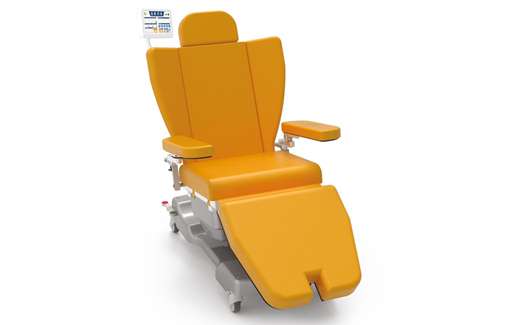
Infusion Therapy Chair
Supportive Patient Seating
Oncology Unit Patient Seating Features & Benefits
Conclusion
Appropriate patient seating plays a pivotal role in hospitals, ensuring patient comfort, well-being, and treatment efficacy while giving hospital and care staff the accessibility options required to appropriately treat their patients.
From X-ray wards to oncology units, specialist seating solutions tailored to the unique needs of each setting can significantly enhance patient experience and contribute to better healthcare outcomes.
By recognising the importance of supportive cancer care seating and investing in ergonomic designs, hospitals can create a supportive environment that promotes healing, mobility, and improved patient experience.
Speak to our team today






